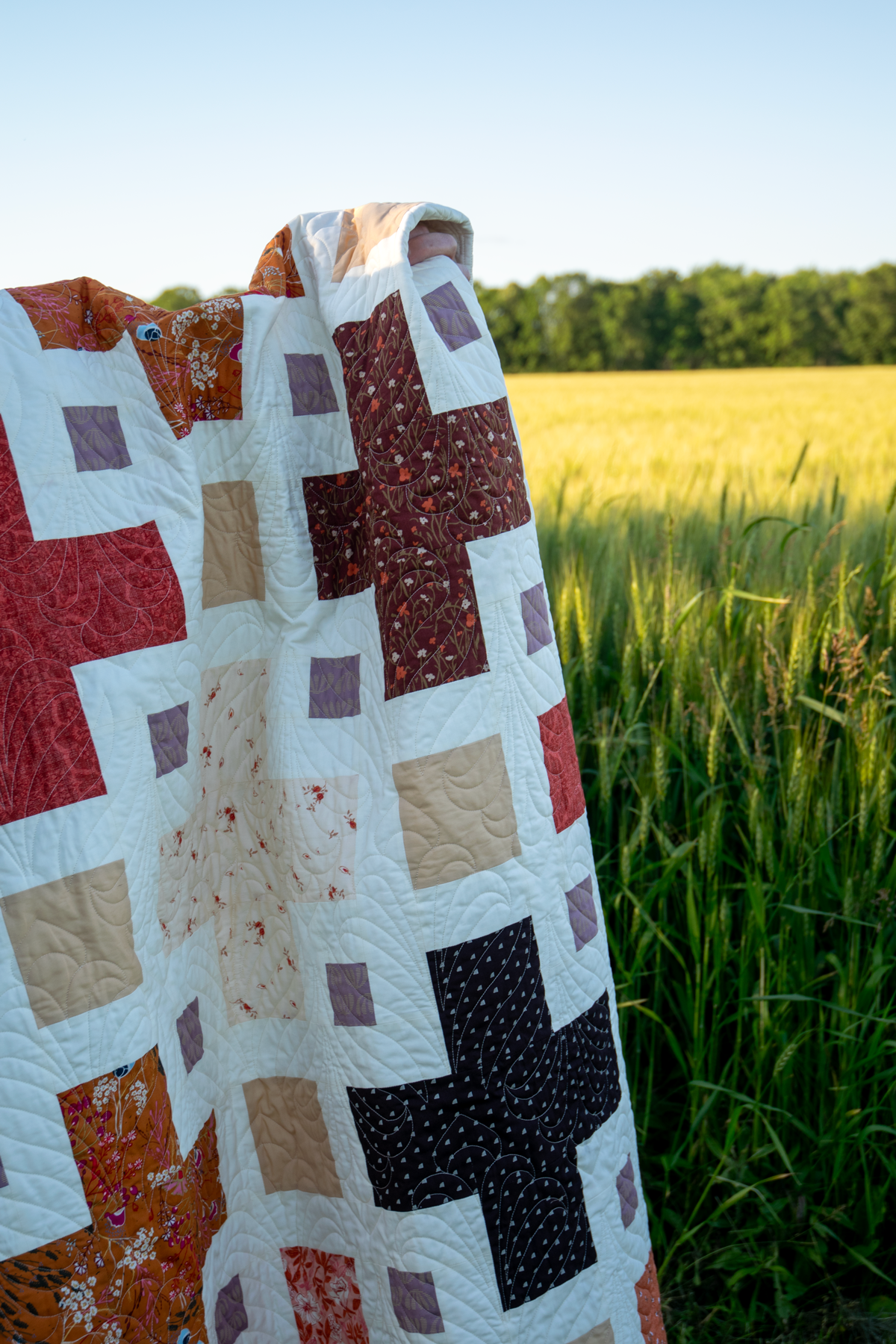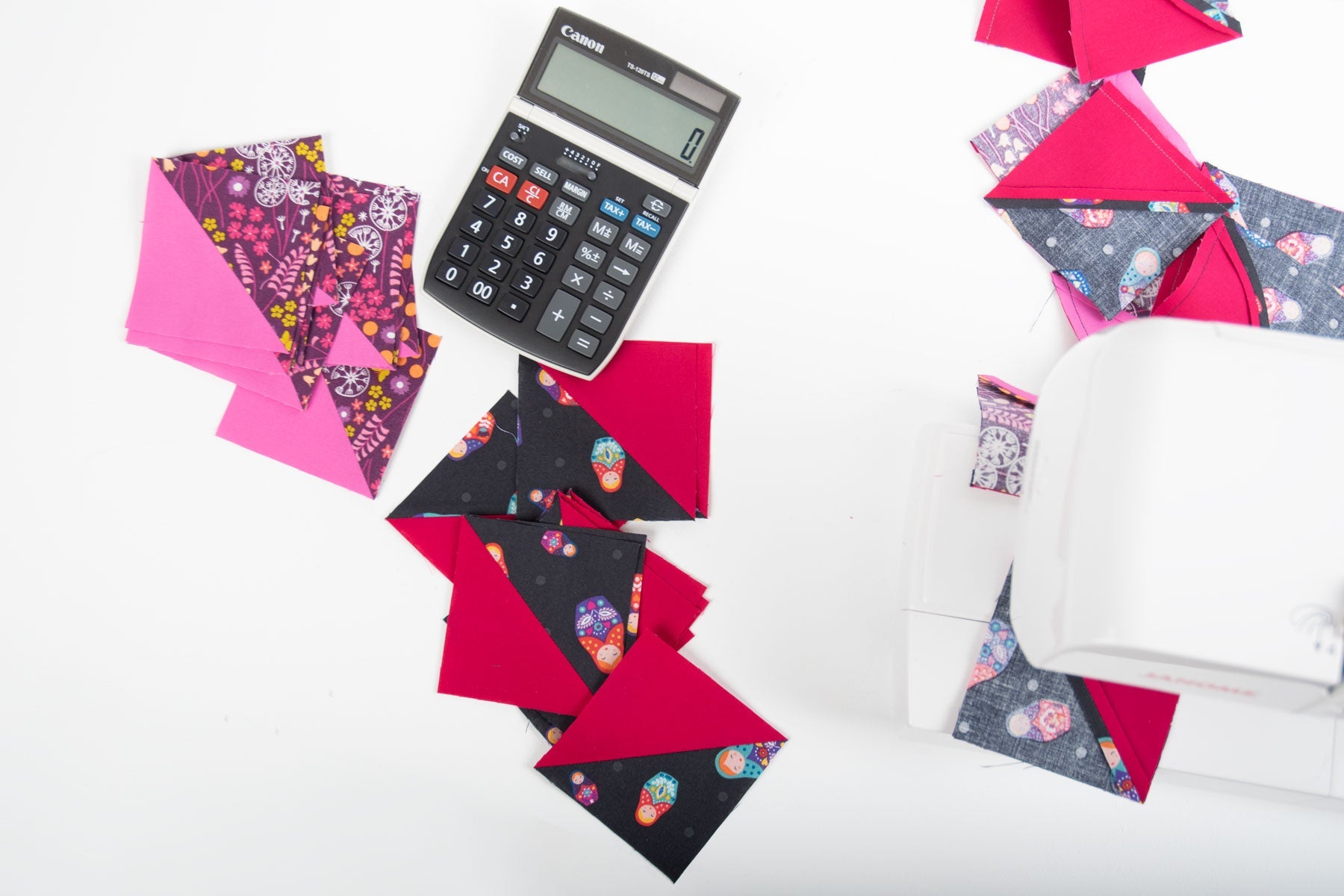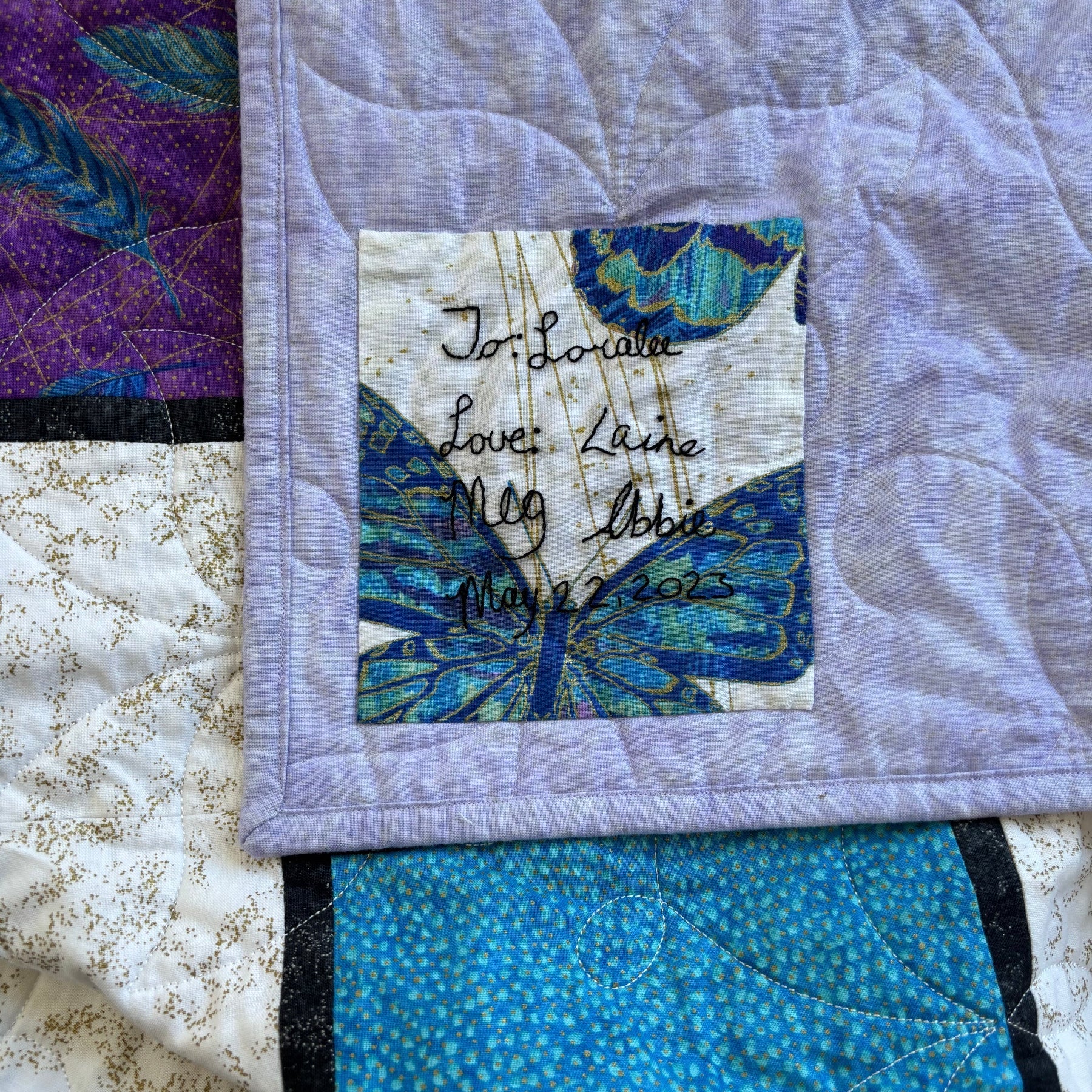Learning to quilt is a continual process. There’s always something new to try out. Knowing that there’s always something to learn can make some people worry that they’ll never master quilting. However, your new skills will only add to your quilting toolbox. You may even find this continuous education inspiring.
Many quilters constantly learn new techniques so that they can add details and twists to their quilts. They find these details fun and inspiring. Appliqué quilting is one such option that you can learn. Keep reading to learn how to get started with this design and finish out your first appliqué project.

Learn What Appliqué Is
There are many options for adding details to quilts. You’ve probably heard more experienced quilters talk about appliqué as well as other detailing options. However, hearing a word doesn’t mean you understand what it means or the technique behind it. That’s OK! Everyone starts learning somewhere.
Appliqué is a type of needlework technique where you attach pieces of fabric to a background fabric. Most of the time, these pieces create specific pictures or patterns. Some modern quilters use an appliqué but create something abstract to differentiate their quilt. There are almost no limits when it comes to appliqué, which is why it’s such a great option for traditional quilters, modern quilters, and everyone in between.
Decide When You Want To Apply the Appliqué
Once you decide that you want to try an appliqué design on your next project, you must decide when you want to apply it. The timing of your appliqué addition may depend on your project. For example, some quilters prefer to add the appliqué at the end when working on a blanket. However, if you’re quilting a pillow, you shouldn’t wait until the end because then you’ve already stuffed it. It’s easier to add the appliqué earlier in the quilting process.
Consider the steps of your quilting project. There’s no right or wrong time to add appliqués during these steps, only what makes the job easier for you. Most quilters find that it’s easiest to add appliqués when they already have their project structured but before any final steps with stuffing, zippers, or other functional details.
Choose a Project-Appropriate Appliqué
After you’ve determined when you will add the appliqué to your quilting project, you can find appliqué pieces. Some people buy pre-made appliqué pieces, while others design their own. Since you’re just getting started with this quilt detail, we suggest using pre-made pieces until you feel comfortable with the technique.
There are many appliqué pieces to choose from in local and online stores. Consider what will look best with your chosen project and make an appropriate purchase.
Buy Fusible Webbing or Iron-On Interfacing
Some stores advertise iron-on appliqué pieces, while others only offer sew-on pieces. If your chosen pieces are not iron-on, then you can buy fusible webbing or iron-on interfacing. Both options act as a glue between the appliqué and the background fabric of the quilting project. This will keep the appliqué and the background fabric stable while you sew.
Choose an Appropriate Stitch
Although your appliqué will stick to your background fabric immediately, you should still sew it on. Sewing the appliqué on provides extra detailing and ensures that the appliqué never falls off.
There’s no singular way to sew an appliqué onto a quilt. You can choose whichever stitch you prefer for this part of the project. Many people choose an appropriate stitch to match the theme of the project. For example, if you’re making a barn quilt and you want frayed edges, you can do a straight stitch a 1/8th inch from the edge. Washing and using the quilt will fray the edges as desired. However, some people want their projects to look professional. These people use satin or blanket stitches. The choice is yours.
Start Sewing
It’s finally time to start appliqué quilting! You’re at the desired step of the project and have your supplies ready to go. Spread your project out so that you can lay it flat. Lay your appliqué pieces in their desired location, but don’t attach them. Step back and study the design to make sure it looks right. If the design passes inspection, start applying your appliqué.
Once you have all the iron-on pieces in place, get your needle and thread. Start sewing the edges with the stitch you just chose. Don’t rush this process. If you want the appliqué to stay on and look beautiful, then you need to take your time.
Finish Your Project
As we mentioned above, most of the time, applying the appliqué is not the final step of your project. Learning a new needlework technique for the top of the quilt doesn’t negate the work in the rest of the quilting project. While you may need to take a break after focusing on the appliqué, don’t give up on your project. Come back and put the finishing touches on it when you’re ready. Finishing strong will fill you with pride in your new appliqué technique and your project as a whole.
Keep Practicing
Congratulations on finishing your first appliqué quilt! This is just the start of using your new skills. You will need to practice appliqué techniques as you continue to quilt to keep improving your skills. The more you practice, the more you can do. Eventually, you can start designing and cutting out your own appliqué pieces. Keep these goals in mind as you practice. Goals will inspire you to keep practicing even when this new skill feels difficult. If you continue to struggle with this or other quilting skills, buy a guidebook or ask an experienced quilter for help.
Quilting is a long process, and many people never stop learning new skills or improvements. This constant education is an opportunity to challenge yourself and find new inspiration. Appliqué quilting is challenging and inspiring for many quilters of all experience levels. Knowing how to get started with this technique opens doors of creative possibility.
Lindley General Store wants to help you stay creative. Our Canadian quilt shops online provide the various supplies you need to start quilting and learn new techniques. Whether you’re new to this art form or an experienced quilter, we can help you find what you need.











